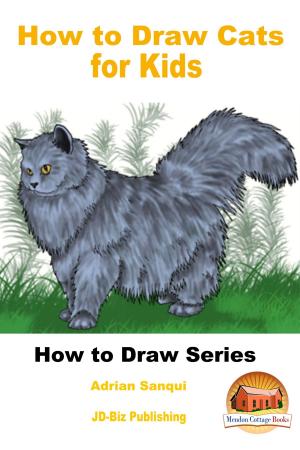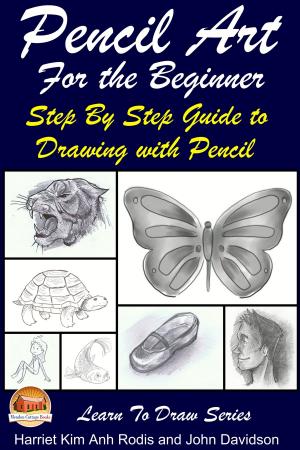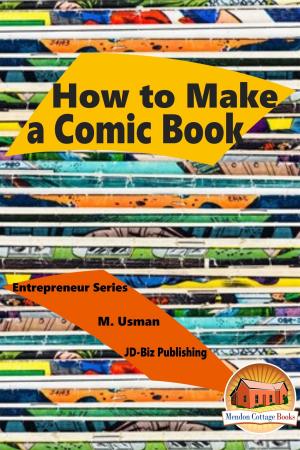Hair and Scalp Care the Natural Way: Naturally curing baldness, hair loss & other hair problems
Nonfiction, Health & Well Being, Health, Reference| Author: | Dueep Jyot Singh | ISBN: | 9781370629244 |
| Publisher: | Mendon Cottage Books | Publication: | November 4, 2017 |
| Imprint: | Smashwords Edition | Language: | English |
| Author: | Dueep Jyot Singh |
| ISBN: | 9781370629244 |
| Publisher: | Mendon Cottage Books |
| Publication: | November 4, 2017 |
| Imprint: | Smashwords Edition |
| Language: | English |
Table of Contents
Introduction
Baldness
Stimulation of the Scalp
Talking about Dyeing
Main Reasons for Hair Fall
Traditional Shampoos
Pressure Therapy
Dandruff
Coconut Oil Remedy
Conclusion
Author Bio
Publisher
Introduction
No, this is not a bad hair day, I am just stressed out…
It could have been a bad hair day, hair not being managed properly, flying all over your face and all over the place, tumbling down from out of a snood or even out of a French braid or piled it high up on your head and stuck the creative artistry with jeweled pins, and so on.
People having long hair may suffer from this problem, and that is why in the 20s and 30s, women decided to have their head shingled and bobbed, where once upon a time in Victorian times, long hair was considered to be the mark of feminine beauty. This hair was then supported with artificial ringlets, pads, Tufts, and even women wore toupees. These additional adornments and fixtures to the hair were called “rats.”
Nowadays most of us wash our hair nearly every day, depending on its length, but in Victorian times, that was done only once every eight days with a rinse made up of egg yolks beaten in warm water, and rubbed over the hair. This was then washed with lukewarm water to make the hair shiny. But what about the scalp, you may ask. They did not bother much about cleaning the scalp, as long as the hair was squeaky clean.
And then when they suffered from dandruff and others scalp related diseases, they cleaned the scalp with orris root powder applied at night, and then brushed out the next morning. They also used pomades and even some unguents made up of bear grease- phew, what a pong! – But then I guess, when everybody in the vicinity is smelling of bear grease, the nose gets accustomed to it…
Nevertheless, for our amusement, here is the famous Mrs. Beeton’s recipe for pomade published in 1861. Here you did not use the fat taken from a poor unfortunate brown bear – Russian for choice. I am not joking! What fools these vain mortals be. Anyway, this pomade was made by ¼ pound of lard – equally pong making to our oh so sensitive 21st century noses-, scent of choice and two Penny worths of castor oil. The lard was unsalted. It was beaten up, the castor oil was added to it during the beating process, with the help of a kitchen knife, and few drops of your preferred scent. This pomade was then put into porcelain or glass pots, and then covered well so that it did not turn rancid.
Table of Contents
Introduction
Baldness
Stimulation of the Scalp
Talking about Dyeing
Main Reasons for Hair Fall
Traditional Shampoos
Pressure Therapy
Dandruff
Coconut Oil Remedy
Conclusion
Author Bio
Publisher
Introduction
No, this is not a bad hair day, I am just stressed out…
It could have been a bad hair day, hair not being managed properly, flying all over your face and all over the place, tumbling down from out of a snood or even out of a French braid or piled it high up on your head and stuck the creative artistry with jeweled pins, and so on.
People having long hair may suffer from this problem, and that is why in the 20s and 30s, women decided to have their head shingled and bobbed, where once upon a time in Victorian times, long hair was considered to be the mark of feminine beauty. This hair was then supported with artificial ringlets, pads, Tufts, and even women wore toupees. These additional adornments and fixtures to the hair were called “rats.”
Nowadays most of us wash our hair nearly every day, depending on its length, but in Victorian times, that was done only once every eight days with a rinse made up of egg yolks beaten in warm water, and rubbed over the hair. This was then washed with lukewarm water to make the hair shiny. But what about the scalp, you may ask. They did not bother much about cleaning the scalp, as long as the hair was squeaky clean.
And then when they suffered from dandruff and others scalp related diseases, they cleaned the scalp with orris root powder applied at night, and then brushed out the next morning. They also used pomades and even some unguents made up of bear grease- phew, what a pong! – But then I guess, when everybody in the vicinity is smelling of bear grease, the nose gets accustomed to it…
Nevertheless, for our amusement, here is the famous Mrs. Beeton’s recipe for pomade published in 1861. Here you did not use the fat taken from a poor unfortunate brown bear – Russian for choice. I am not joking! What fools these vain mortals be. Anyway, this pomade was made by ¼ pound of lard – equally pong making to our oh so sensitive 21st century noses-, scent of choice and two Penny worths of castor oil. The lard was unsalted. It was beaten up, the castor oil was added to it during the beating process, with the help of a kitchen knife, and few drops of your preferred scent. This pomade was then put into porcelain or glass pots, and then covered well so that it did not turn rancid.















